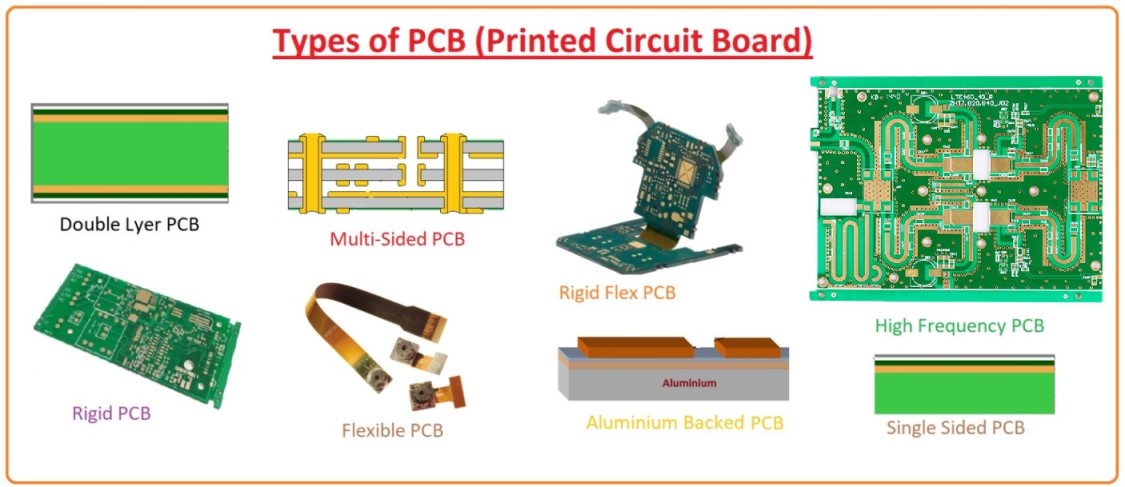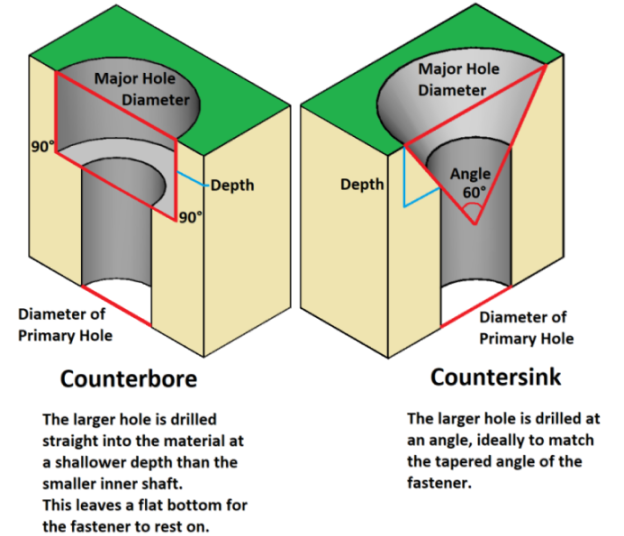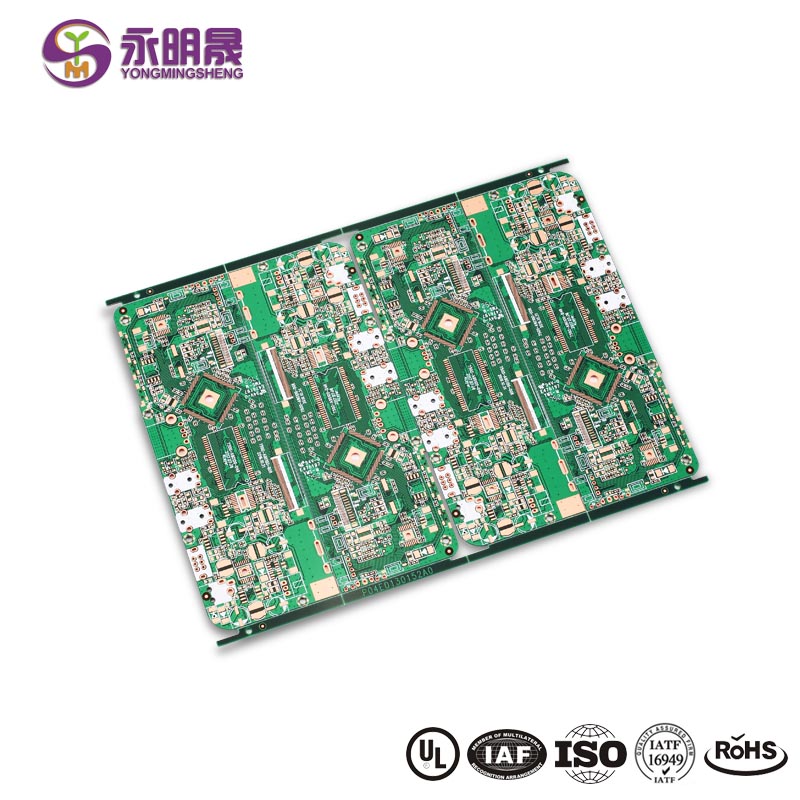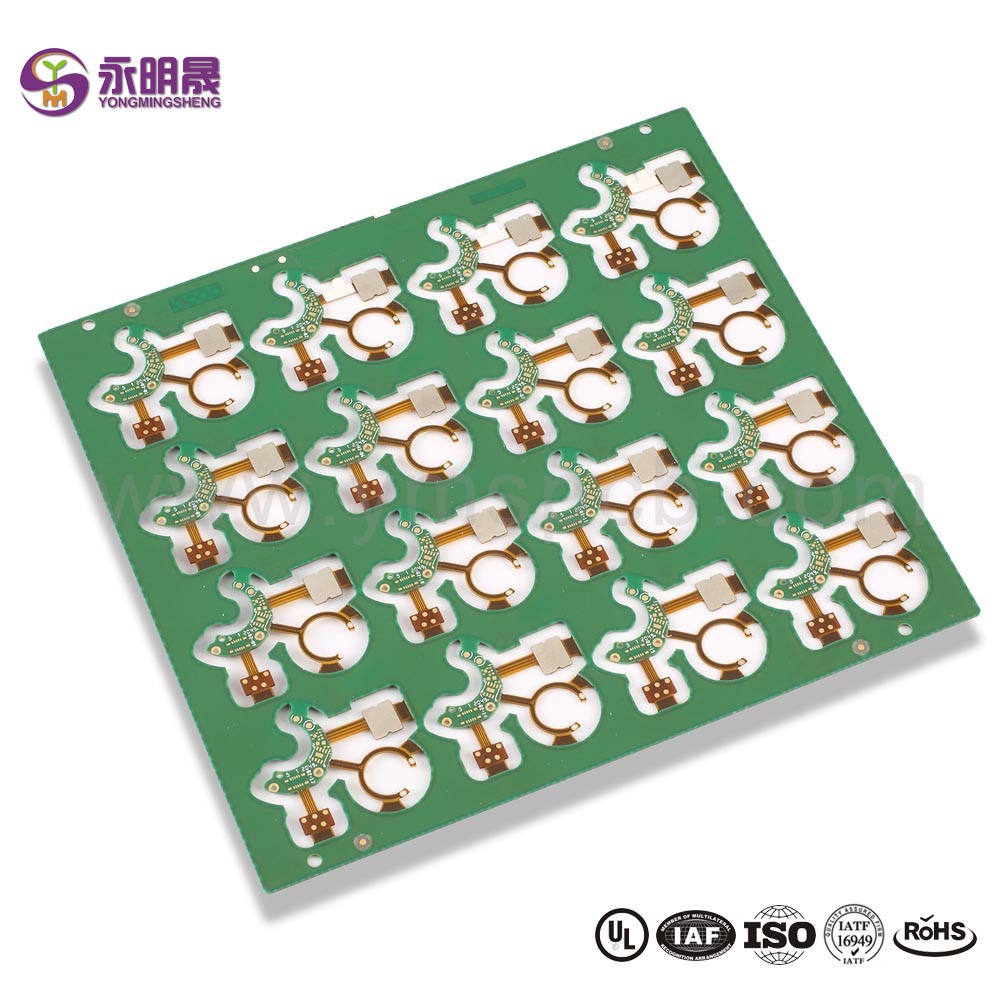Double sided pcb Normal pcb Lead free HASL Counterbore Manufacturer | YMS PCB
HAL(Lead Free), the full name is Hot Air leveling with Lead Free. Compared with HASL, the main difference for HAL(Lead Free) is the element of material which do not contain Lead(Pb), so it’s RoHS Compliant and it’s much more popular and widely used in fabrication de circuits imprimés de .
HAL(Lead Free) requires higher run temperatures for lead free solder and longer contact time, the production cost for HAL(Lead Free) is slightly higher than HASL(Tin/Lead).
The manufacturing process of HAL(Lead Free) is similar to HASL(Tin/Lead), the circuit boards will be submersed in molten solder(Lead Free). This solder will cover all the exposed copper surfaces. Upon retraction from the solder, high pressure hot air is blown over the surface through air knives, this levels the solder deposit and removes the excess solder from the surface of printed circuit boards.
Introduction à la carte de circuit imprimé
Circuit imprimé normal: Most PCBs for simple electronics are simple and composed of only a single layer. More sophisticated hardware such as computer graphics cards or motherboards can have 2 or multiple layers, sometimes up to twelve.
A printed circuit board (PCB) mechanically supports and electrically connects electrical or electronic components using conductive tracks, pads and other features etched from one or more sheet layers of copper laminated onto and/or between sheet layers of a non-conductive substrate. Components are generally soldered onto the PCB to both electrically connect and mechanically fasten them to it.PCBs can be single-sided (one copper layer), double-sided (two copper layers on both sides of one substrate layer), or multi-layer (outer and inner layers of copper, alternating with layers of substrate). Multi-layer PCBs allow for much higher component density, because circuit traces on the inner layers would otherwise take up surface space between components. The rise in popularity of multilayer PCBs with more than two, and especially with more than four, copper planes was concurrent with the adoption of surface mount technology.
What is the difference between a Countersink and a Counterbore?
Capacités de fabrication de circuits imprimés normaux YMS:
| Présentation des capacités de fabrication de circuits imprimés normaux YMS | ||
| Fonctionnalité | capacités | |
| Nombre de couches | 1 à 60 L | |
| Technologie PCB normale disponible | Traversant avec rapport hauteur / largeur 16: 1 | |
| enterré et aveugle via | ||
| Hybride | Matériel haute fréquence tel que RO4350B et FR4 Mix etc. | |
| Matériel à grande vitesse tel que M7NE et FR4 Mix etc. | ||
| Matériel | CEM- | CEM-1; CEM-2, CEM-4, CEM-5.etc |
| FR4 | EM827, 370HR, S1000-2, IT180A, IT158, S1000 / S1155, R1566W, EM285, TU862HF, NP170G etc. | |
| Haute vitesse | Megtron6, Megtron4, Megtron7, TU872SLK, FR408HR, séries N4000-13, MW4000, MW2000, TU933 etc. | |
| Haute fréquence | Ro3003, Ro3006, Ro4350B, Ro4360G2, Ro4835, CLTE, Genclad, RF35, FastRise27 etc. | |
| Autres | Polyimide, Tk, LCP, BT, C-ply, Fradflex, Omega, ZBC2000, PEEK, PTFE, à base de céramique, etc. | |
| Épaisseur | 0,3 mm à 8 mm | |
| Épaisseur de cuivre max. | 10 OZ | |
| Largeur et espace minimum de la ligne | 0,05 mm / 0,05 mm (2 mil / 2 mil) | |
| PITCH BGA | 0,35 mm | |
| Taille percée mécanique minimale | 0,15 mm (6 mil) | |
| Rapport hauteur / largeur pour trou traversant | 16 : 1 | |
| Finition de surface | HASL, HASL sans plomb, ENIG, étain d'immersion, OSP, argent d'immersion, doigt d'or, galvanoplastie d'or dur, OSP sélectif , ENEPIG.etc. | |
| Via l'option de remplissage | Le via est plaqué et rempli d'époxy conducteur ou non conducteur, puis recouvert et plaqué (VIPPO) | |
| Rempli de cuivre, rempli d'argent | ||
| enregistrement | ± 4 mil | |
| Masque de soudure | Vert, rouge, jaune, bleu, blanc, noir, violet, noir mat, vert mat, etc. | |
Tu peux aimer:
1 、Summary of matters needing attention in circuit board welding
3、 La What is PCB
4、Qu'est-ce que le test de carte nue?
5. Qu'est-ce que la conception de circuits imprimés à haute fréquence
En savoir plus sur les produits YMS












